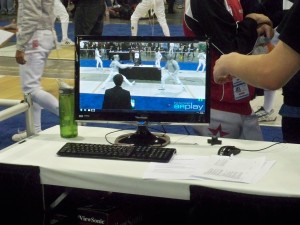
Video Replay – It’s been working at the FIE level for events for some time now and USA Fencing has been using video replay at most of the North American Cup (NAC) events this season. Not only do the Division I fencers get a chance to use replay, but fencers in events down to Div 2 and Div 3 were able to experience the video replay at the Detroit NAC.
The way video replay works in fencing is different than in other sports, so we contacted Ian Serotkin to answer some questions on some of the basic rules for video replay and strategies fencers can employ to get the most out of making use of the replay system when it’s available to them.
Just what can be looked at with video replay? Both the NBA (basketball) and NFL (football) limit instant replay or video review to very specific instances. How does the review work with fencing?
You can ask for a replay for anything material to the action – right-of-way (ROW), penalties, stepping off the strip, etc.
This isn’t like a bout committee appeal, where you’re not allowed to appeal statements of fact determined by the referee. With video replay, it is exactly those statements of fact that you are appealing.
If you just make the replay gesture (tracing a square with your two index fingers) the referee may only watch for ROW, so if you were asking for a replay for a different reason, such as if you thought there was corps-a-corps, it’s a good idea to say something like, “I want a replay because there was corps-a-corps” when you ask for the review.
When on a replay-enabled strip, how many replays are you entitled to?
- In a direct elimination (DE) bout, each fencer starts with 2 replay requests. If the fencer requests a replay and the call stands, then it uses up a request. If the call changes, then the fencer keeps the replay request. So, in a nutshell, if the referee keeps reversing their calls, you can keep challenging. If you’re wrong twice, you can’t challenge anymore.
- In a team match, each fencer gets 1 replay request for each bout.
Let’s clarify this a bit with a couple of examples:
Suppose that the referee calls attack left. Then fencer on right asks for replay. The referee then goes back and changes call to simultaneous. Is this a successful challenge?
Yes, it is a successful challenge. Any change of call is a successful challenge. In a bout in Milwaukee, I saw a situation where a ref called simultaneous. The fencer on the right called for a replay. Upon review, the referee changed his call…to attack left! So while the fencer on the right lost a touch, it counted as a successful challenge because the referee changed his call.
Another example: Referee calls attack left, touch. Fencer on the right asks for replay. Referee looks at the replay and it’s still attack left, but fencer on the left also covered target. Successful challenge?
Yes, successful challenge.
Who is allowed to ask for replay? Just the fencer, or can the coach ask for it?
Just the fencer. A lot of coaches have started, understandably, trying to peek at the review screen after a questionable action and then signaling to their fencer whether they should ask for a review or not. As a result, some video replay referees will keep the video minimized until a replay appeal is requested.
What kinds of actions are a waste of time to use replay on? Given the way replay is used at world cups and thus far at NACs, is there a trend towards some calls that just don’t get overturned or changed on replay?
I wouldn’t say that any kind of action is a waste of time to ask for a replay on, but there are definitely some that are less likely to get overturned than others.
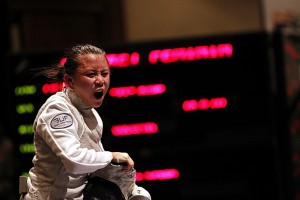
There is no sound on the replay system, which can make it difficult to see blade actions — you don’t get the telltale “tink.”. So, if you made a subtle parry and the ref didn’t catch it, there’s no guarantee that it will be clear enough on the replay for the ref to change his mind. There was a perfect example of this happening on the decisive touch of a D1WF gold medal match earlier this season. (There’s supposed to be a new version of the replay system coming sometime that will include sound, which will hopefully help a lot.)
Additionally, preparation can be a double-edged sword on replay. Everything looks like preparation when you slow the actions down to 10 or 20%, even when it’s not. So, if the ref called you in preparation, you might think twice about asking for a review since will probably look like even more of a preparation on the replay.
More than those specific examples, though, it’s important to know the referee you’re dealing with. Some are very willing to overturn their calls on replay, and others are…less willing. I could definitely see myself altering when I asked for replays depending on who was refereeing (as well as who the video replay ref was).
What about the tactic of using replay to get a fencer carded for covering or some other offense? We saw that in a few of the Men’s Foil bouts at the 2009 World Championships.
Definitely. Penalty calling has gotten better domestically by leaps and bounds in the past 5 years or so, but it can still be pretty inconsistent and lax at times. Asking for a replay when you think there’s a penalty is perfectly valid.
When can the referee go to replay on their own?
Depends which head referee you talk to! We’ve been told different things by various head referees this season. Some have said that the referee can go to replay on their own (sparingly) at their own discretion, while others have said that the referee must make a call and can only go to replay when a fencer asks for a review.
There is one cut-and-dry situation: Rule t.42(3)(d) requires the referee to consult the video review on the decisive touch of the bout if the score is tied–even if it’s a one-light touch. So, if the score is 14-14, or any tie score in sudden death, replay must be used even if no one asks for it.
It’s also worth mentioning that t.42(3)(c) states that replay must be used on every two-light action in foil and sabre, but that is roundly ignored because it would add hours to the length of the tournament.
Are there any instances when a fencer can ask for review if they’ve already used up their challenges? (Say, for guard to the mask or off strip or some other infraction?)
Nope. Once you’re out of challenges, you’re out of luck.
Any other strategies for using replay as a fencer?
Replay can be an interesting psychological weapon. I watched one bout a few NACs ago where one fencer started out the match by winning four or five straight touches. Then, his opponent finally scored a touch–a really pretty, crystal clear one-light touch. And the guy who was now up 5-1 asked for a review! His opponent lost his mind, ranting that he didn’t know why it was being reviewed, it was a perfect touch, the other guy was crazy, etc. And the guy who was winning just stood there smiling. He knew he wouldn’t win the appeal, but it completely obliterated his opponent’s momentum and focus. He ended up winning 15-3.
Thanks to Ian for taking the time for these explanations. Ian is a nationally rated referee who recently revised the Referee Handbook for the Fencing Officials Commission.


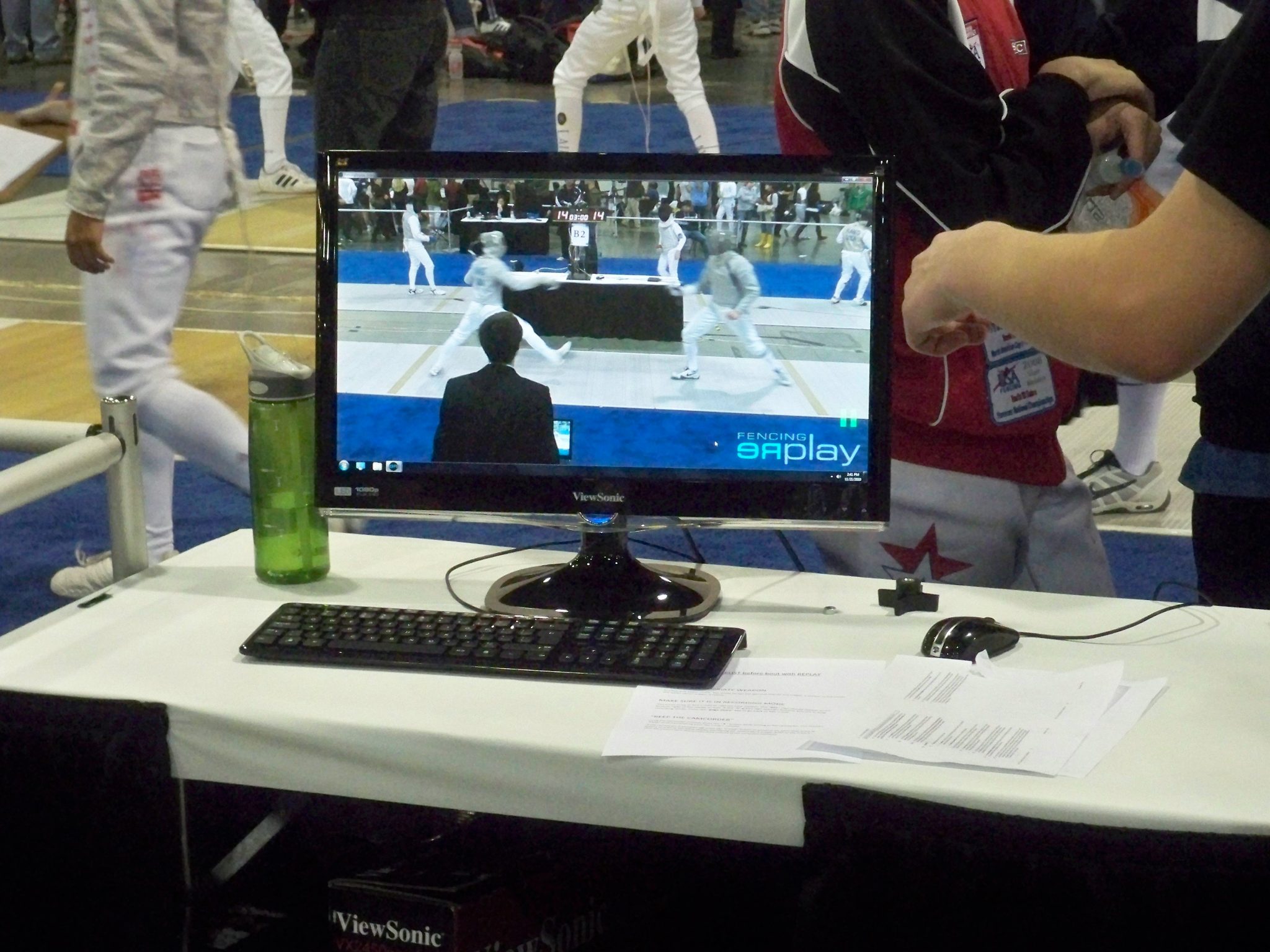

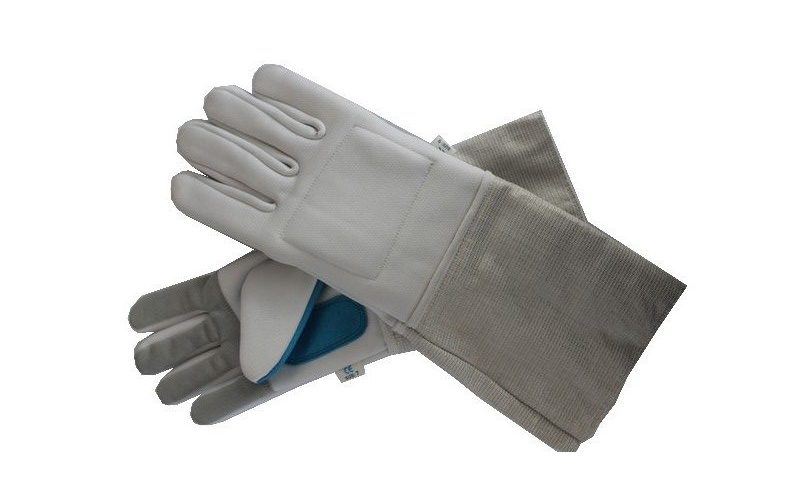
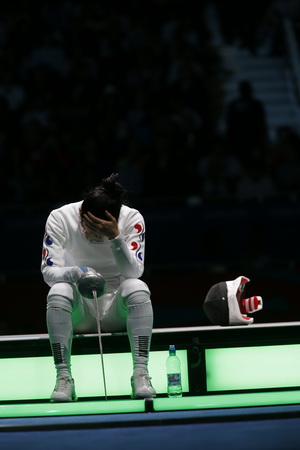
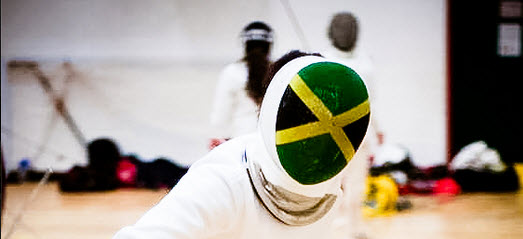
6 Comments
Comments are closed.